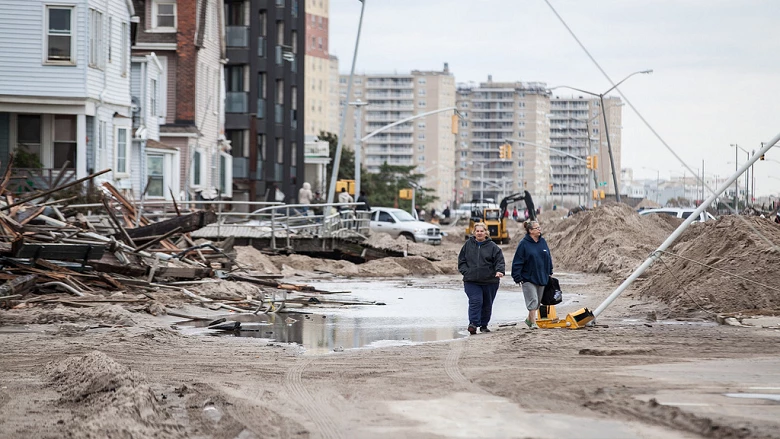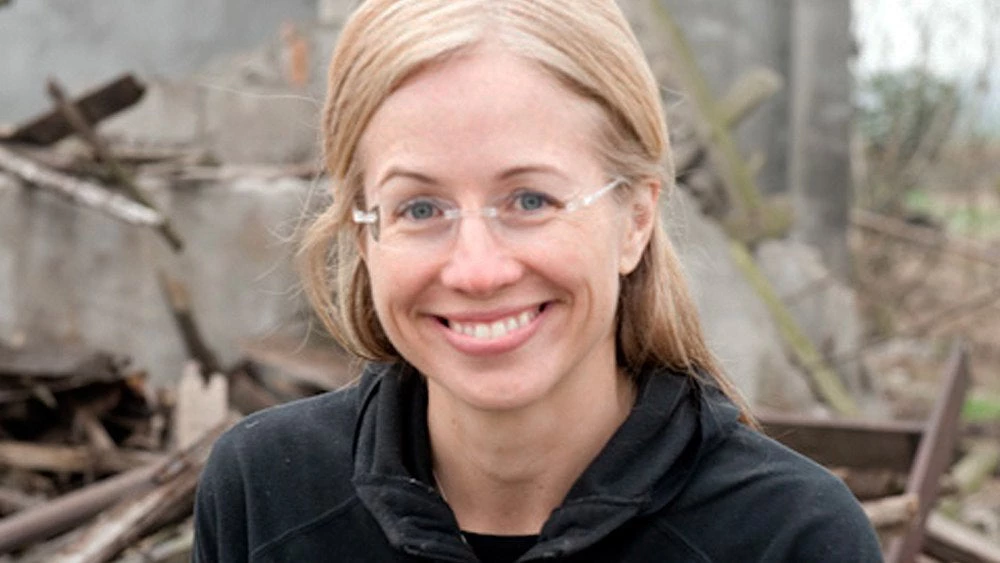Why resilient cities need resilient housing. Download the full version of the slideshow here.
The scene is as familiar as it is tragic: A devastating hurricane or earthquake strikes a populated area in a poor country, inflicting a high number of casualties, overwhelming the resources and capacity of rescue teams and hospital emergency rooms. First responders must resort to “triage” – the medical strategy of maximizing the efficient use of existing resources to save lives, while minimizing the number of deaths.
But if governments could apply triage to substandard housing, medical triage would be a much less frequent occurrence – because in the developing world, it is mainly housing that kills people, not disasters.
From the 2017 Global Platform for Disaster Risk Reduction to the 2017 Urban Resilience Summit, practitioners and policymakers have increasingly focused their discussions on how we can boost the resilience of urban areas.
But this is a problem with a well-known solution: Resilient cities require resilient housing.
To make housing more resilient, cities need to focus on two different but complementary angles: upgrading the existing housing stock, where most the poor live, while making sure that new construction is built safe, particularly for natural disasters. After all, if floods or earthquakes do not distinguish between old and new homes, why should policymakers? It is time for resilience to become part of the definition of “decent, affordable, and safe housing.”
Housing funds are already scarce, which is why we propose – along the lines of what was originally proposed in Peace of Mind in Earthquake Country – to start by taking a page from medical manuals and follow a triage strategy for housing risk reduction:
First, identify housing where risk cannot be reduced and where intervention will certainly save lives. Houses located in high-risk areas, such as landslide areas, must be declared uninhabitable and the residents resettled.
Second, identify housing with very high structural risks that can be repaired or reduced substantially. Like emergency responders’ expertise in knowing which victims need immediate care, civil/structural engineers can eyeball a row of informal housing and know in a few minutes which units have structural problems that can be solved at an affordable cost to make once-deadly structures safe enough that even insurance companies will offer coverage.
The large majority of substandard housing units in the developing world are found in areas where risk can be mitigated and have been built with safe materials and respectable construction methods. Using housing triage – which has low up-front costs to identify and retrofit these houses – can save lives.
However, triage alone will not make housing more resilient. Any resilient housing policy should also include:
- Low-cost, and eventually DIY, housing retrofitting (including strengthening) solutions;
- Improved subsidies for housing retrofitting;
- Incentives for homeowners willing to invest in improving the life safety of their homes; and
- Affordable loans and insurance products to make houses safer and keep them that way.
Governments worldwide are already investing in retrofitting the schools where children spend only one-third of their time. Why not invest in making the structures safer where children spend two-thirds of their time?
Structural housing retrofitting is a win-win proposition for everyone involved. It is:- People-centered. Microfinance products combined with retrofitting subsidies could allow families – in one single intervention – to make improvements that would increase quality of life for the occupants while adding resilient housing solutions to the market.
- Massive but rapid. Retrofitting responds much faster than supply of new housing units and, given the high incidence of qualitative housing deficit, the demand is massive.
- Affordable. Recent research in Indonesia, Haiti, Nepal, Colombia, Peru and Guatemala, and extensive experience in California and Japan, shows that structural retrofitting could cost anywhere between 1% and 20% of the value of the property.
- Standardized. Retrofit solutions and techniques that could raise a building to minimal safety standards are no different than those used in new construction.
- Simple. Although the techniques involved or the materials may vary, the overarching engineering principles are similar.
- Formal. Retrofitting is the pathway to formality. Through a streamlined administrative process, it could be possible to add legal protection to the increased physical security achieved by the retrofitting.
- Measurable. The vulnerability of housing to natural disasters is one of governments’ biggest worries. That vulnerability can be measured and reduced, which means that retrofitting programs could help governments focus their programs and take risk off their books.
This blog post was originally published on May 24, 2017 (available in Spanish) and updated on July 25, 2017.
Related:
- Global Facility for Disaster Reduction and Recovery (GFDRR)
- A housing policy that could almost pay for itself? Think retrofitting
- Building more affordable and disaster-resilient housing in Latin America and the Caribbean: a few policy ideas
- How Latin America’s housing policies are changing the lives of urban families
- Let’s build the infrastructure that no hurricane can erase
- Retrofitting: A housing policy that saves lives
- The challenge of affordable housing for low-income city-dwellers
- Subscribe to our Sustainable Communities newsletter
- Follow us on Twitter (@WBG_Cities) and Flipboard







Join the Conversation